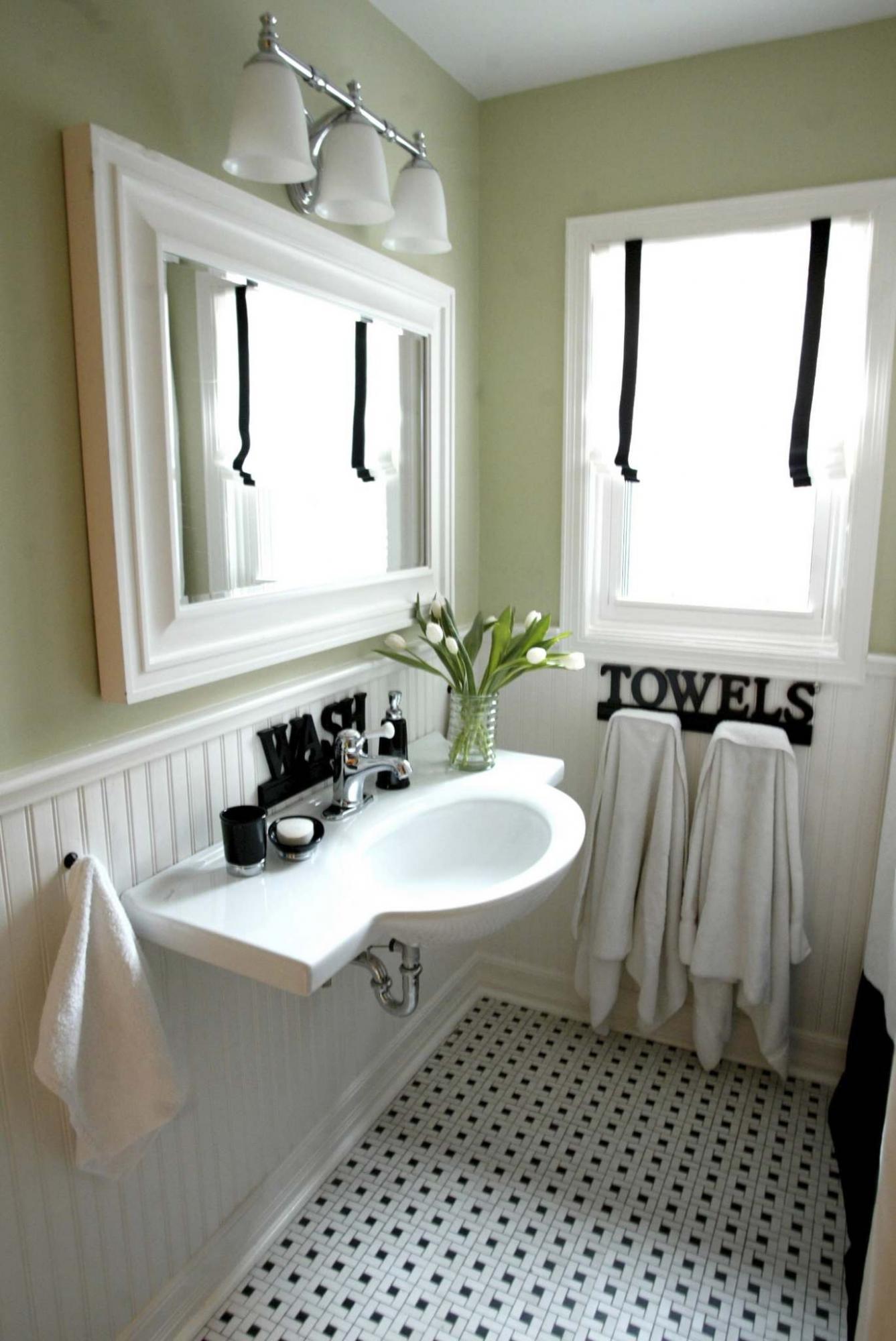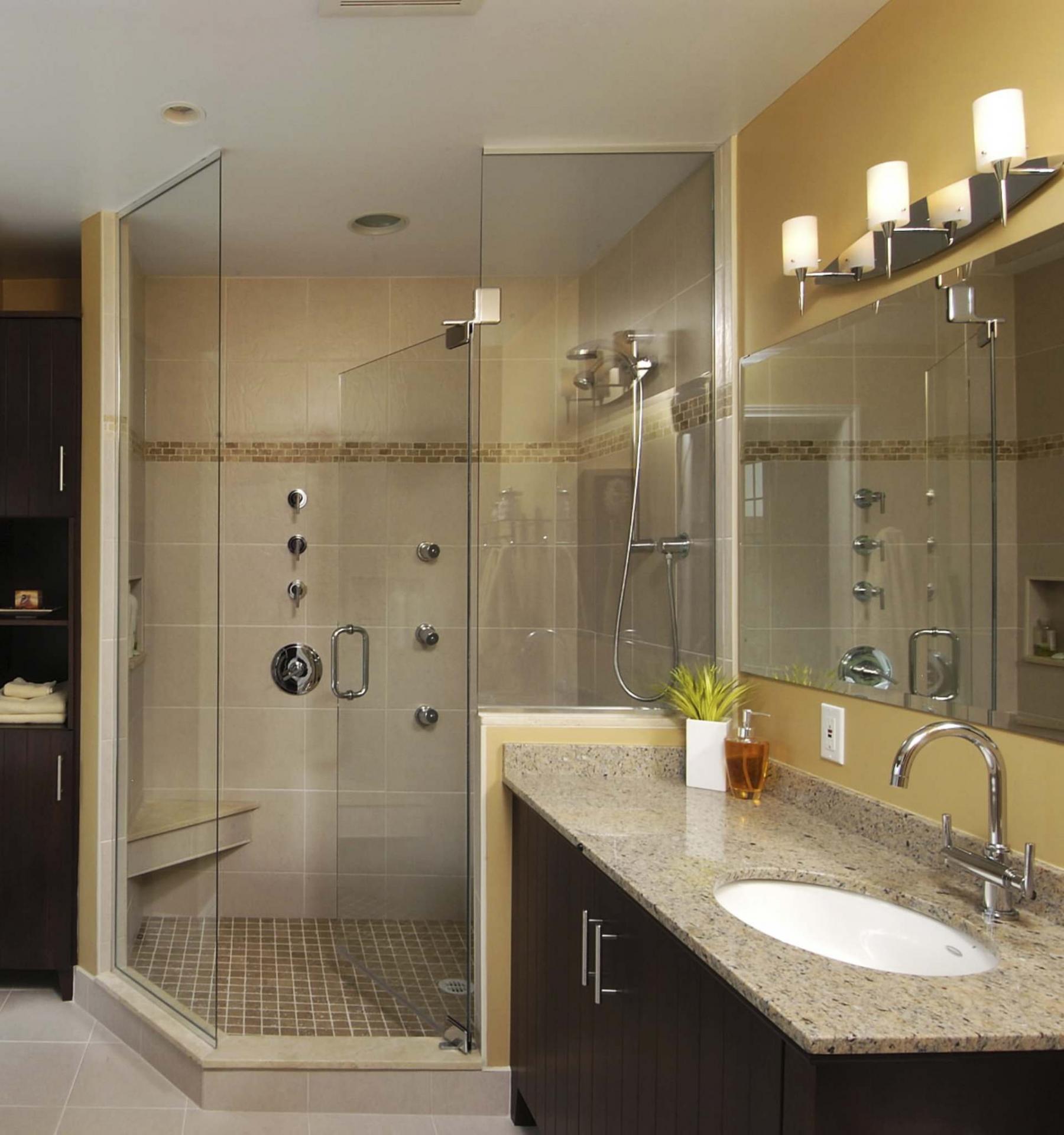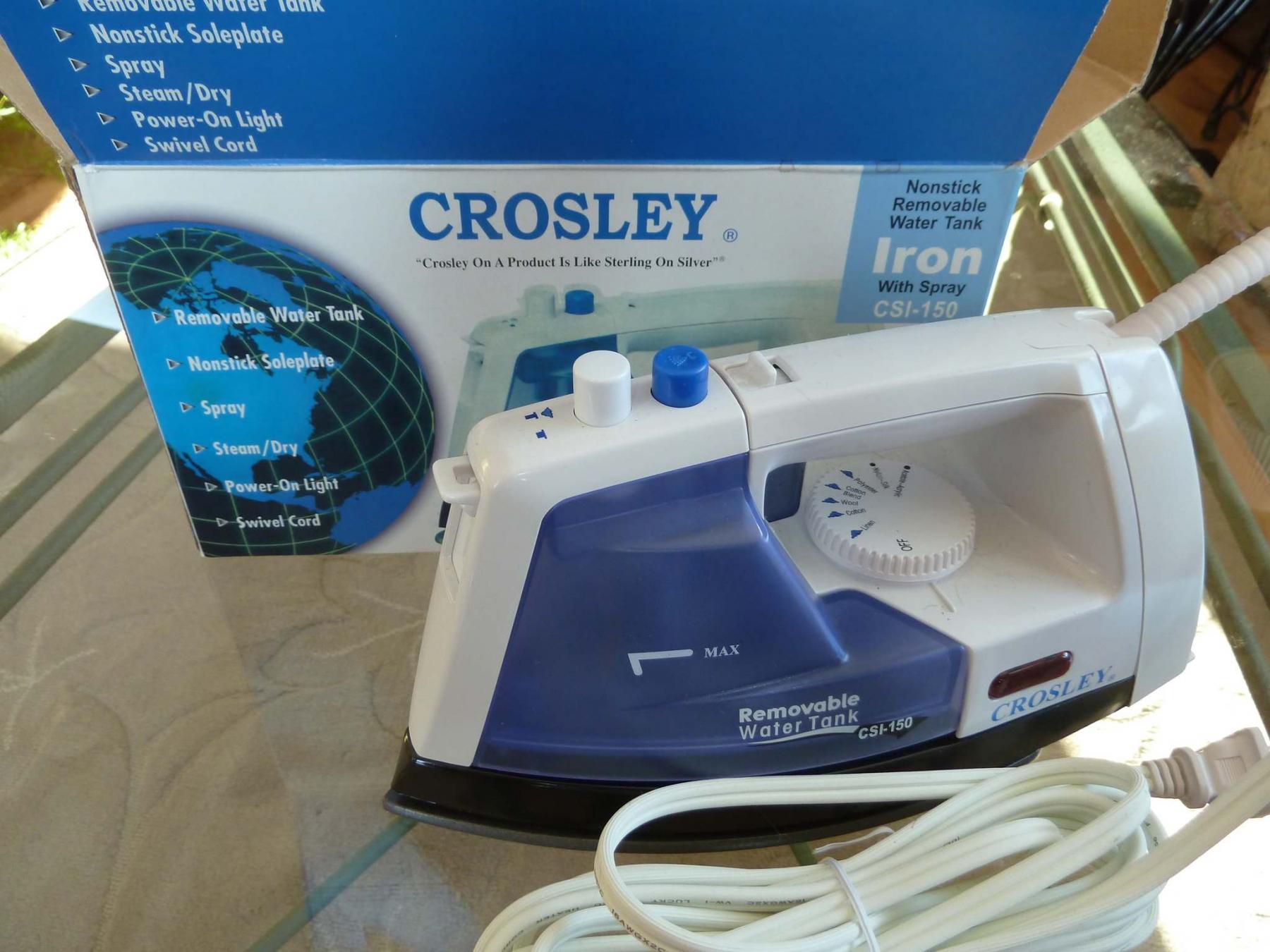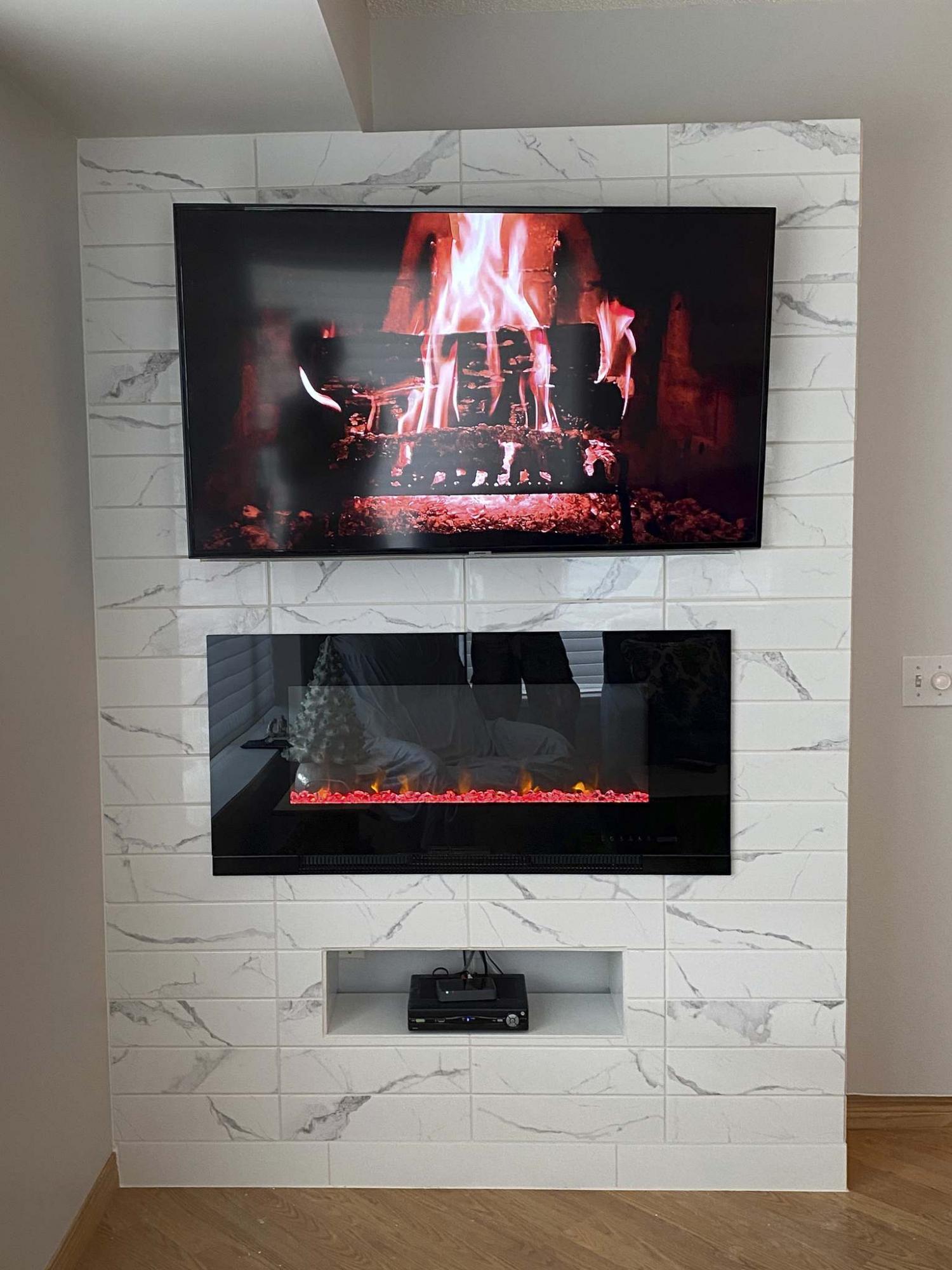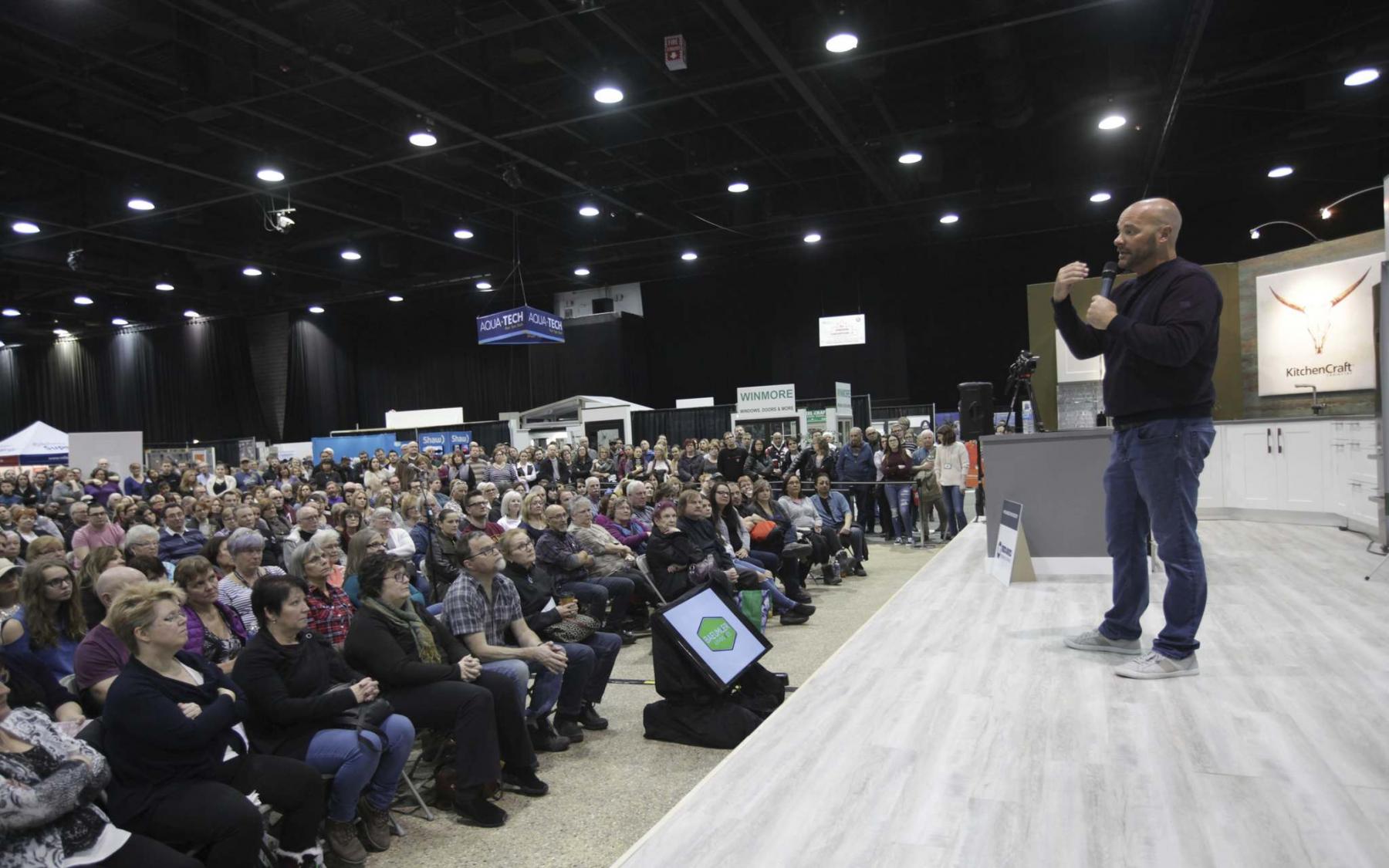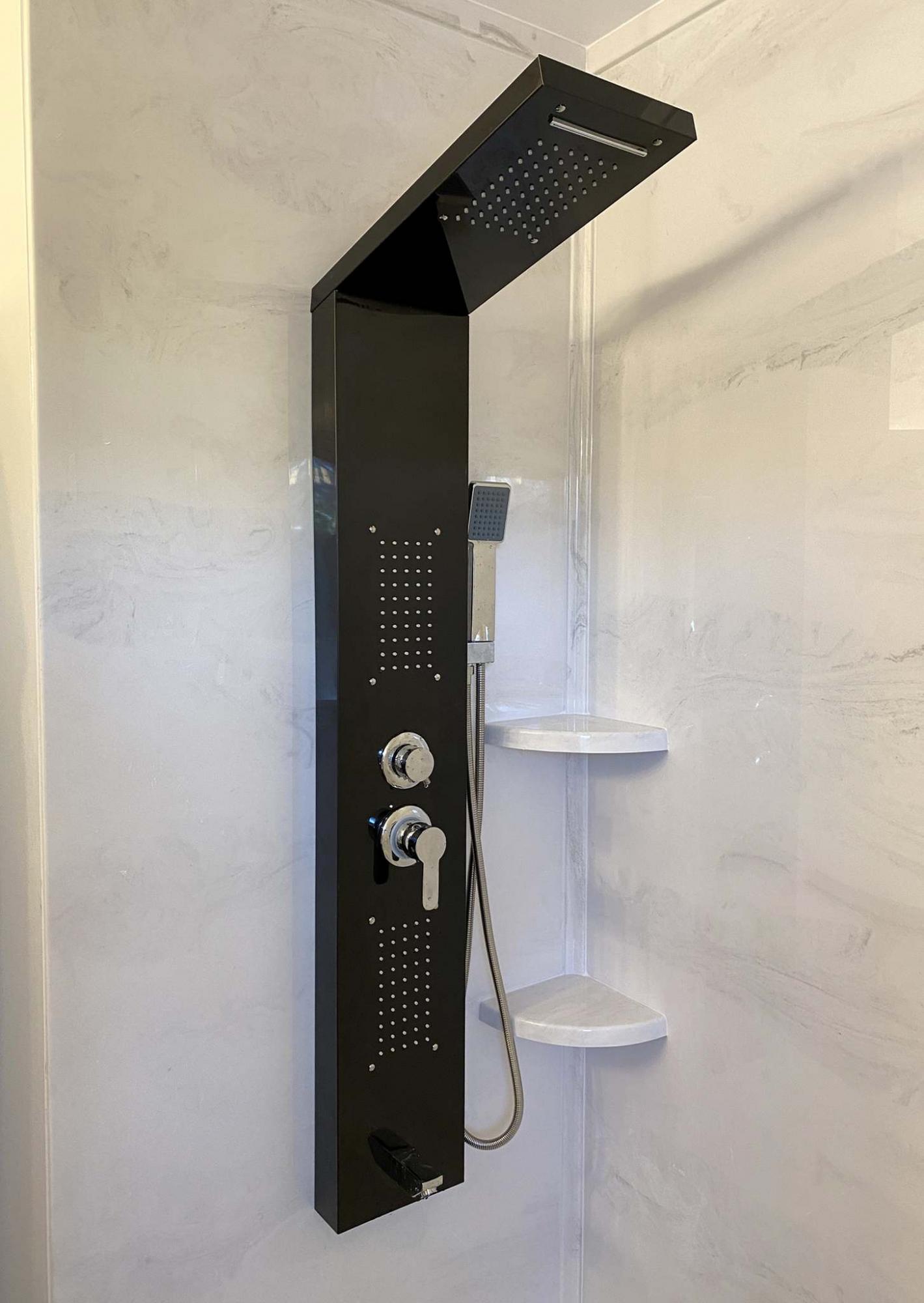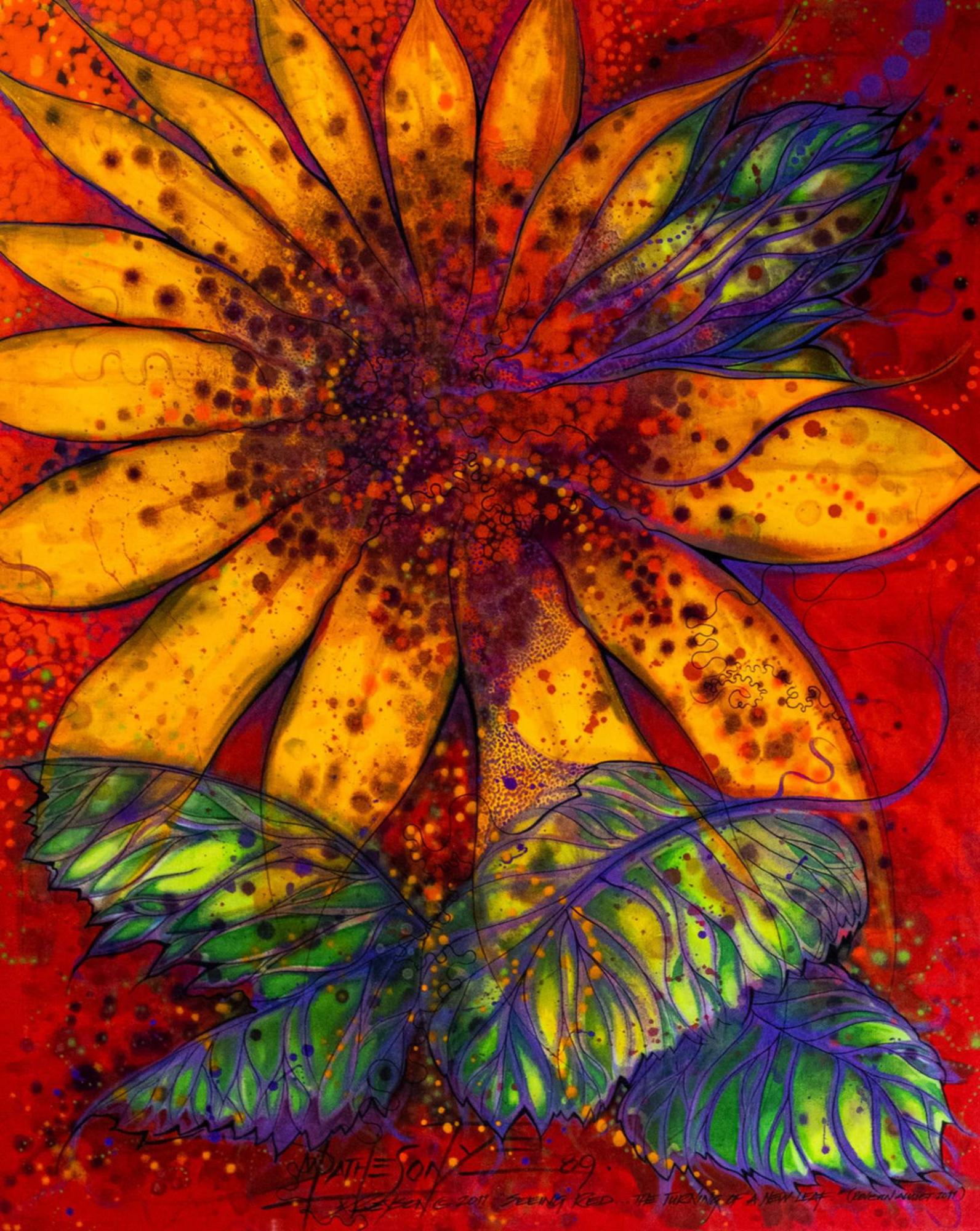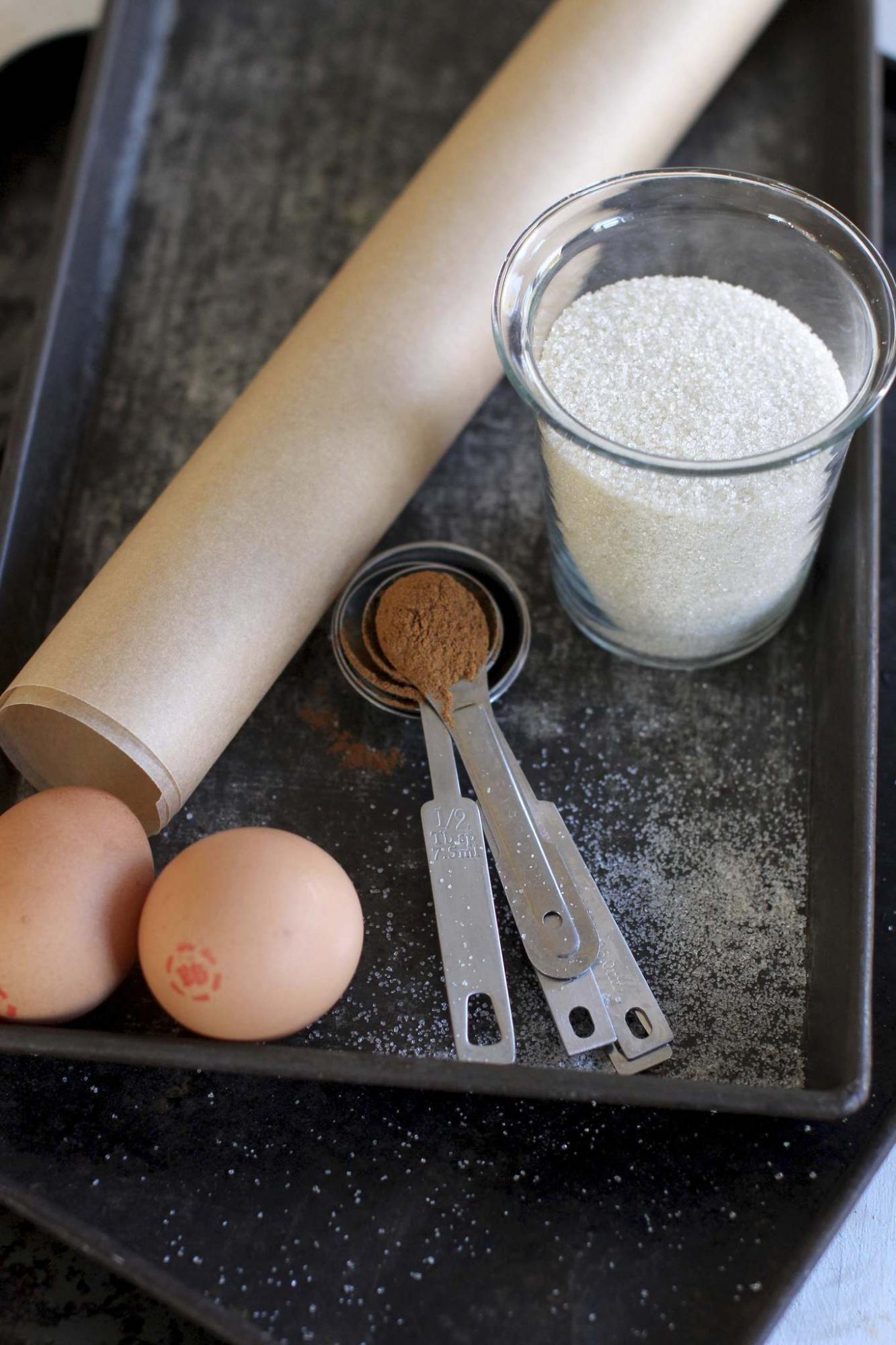Renovation & Design
Renovation & Design
Living room seating requirements vary greatly
Question: How many seats should I make available for an average size living room? Thanks.
— Carrie
Answer: With endless designs, layouts and room sizes there is not one suggested rule of thumb. The criteria of seating should depend on the function of the room and the group size of your personal family and guests. However, designers recommend 48 to 100 inches of space between the couch and chairs. Adjust space depending on your family needs, but you should not have to turn sideways to walk between furniture. In an ideal setting you should be able to hold a comfortable conversation in the room, eat or play a game around a table and be able to see the television.
Question: The project I am currently working on requires me to paint my ceiling one colour and the walls another. I hate taping because I find it time consuming and I am lazy. How can I achieve a professional looking edge with less effort? — Paxton
Answer: Find yourself a straight edge tool. Hold the tool firmly onto the ceiling edge. Paint about two inches of the trim. Carefully remove the straight edge and wipe all paint off of the straight edge. Reposition the tool onto the wall and paint another two inches, being careful to wipe the straight edge each time.
Question: I have a pair of black boots that are turning my socks/stockings black. Is there anything I can treat my boots with on the inside, so my clothes no longer turn black? — Catrina
Answer: Assuming your boots are leather, your best bet is to purchase a waterproof compound, formulated specifically for leather; available as a spray or wax polish. Test on an inconspicuous area to ensure the dye stays put. Apply the product to the inside and outside of the boots and leave for a few hours, then buff with a rag.
Helpful tips
To keep brown sugar soft, I switched to Splenda brown sugar. I’ve never had this problem again and the beauty is you use only half the measurement when baking or cooking. If a recipe calls for one cup you use a half cup. I use it in my muffins, on top of hot cereals, etc. — Riley
Instead of tossing the core of Romaine lettuce into the compost bin, grow a new head of lettuce using the core. Simply place the core in a bowl of water and watch a new head of lettuce grow. Change the water every few days to reduce bacteria growth. — Hannah
When we go camping in the winter, we take several hand warmers with us. We place our hot mugs inside of clean, wool socks along with a hand warmer to keep drinks hot longer. — Luis
The best tip I ever received for making muffins, cookies and cakes is to have all ingredients at room temperature before mixing them. Doing this will make the final result airier. — Mary
The muffins I bake are very light because I swap out milk for yogurt and it gives them an extra special texture. — Phyllis
Note: Every user assumes all risks of injury or damage resulting from the implementation of any suggestions in this column. Test all products on an inconspicuous area first.
Have a great suggestion or tip? Please send an email at: reena.ca. Reena Nerbas is a popular motivational presenter for large and small groups; check out her website: reena.ca.
Renovation & Design
Chalky powder on concrete floors not always bad
Question: We have been in our house for 38 years. When we first moved in, we put down tiles in half the basement, under the pool table, and carpeting on the other half. In the last few years I have noticed efflorescence in the spots that have nothing on them, like under the legs of the pool table. We removed a wall several years ago, and there the floor is damaged and is also chipping along where the weeping tiles are under the floor. We were told 37 years ago that we had a lot of water under our foundation, but we didn’t do anything about it.
As my husband recently passed, I am considering cleaning up the basement and putting the house on the market, but I want to have the floor fixed, first. My sister’s husband is a carpet installer and she told me there is something that can be poured onto the basement floor to even it out, like cement.
Would that cure my problem with the floor, or is there something else I can do?
— Sherron
Answer: Efflorescence on the surface of a concrete basement floor slab is not necessarily a sign of anything sinister or that needs serious attention. More frequent removal and better air circulation may be enough to make the problem almost non-existent.
There are several possible causes of a buildup of white, chalky powder on the surface of a cool concrete basement floor. This efflorescence is the result of minerals leaching from the concrete, due to moisture. It is quite harmless but can be either a minor nuisance or a major headache, depending on the quantity and frequency of occurrence. It can be a result of moisture from several different sources and differentiating between these may be important in deciding how to approach it in your home.
If there is substantial moisture buildup in the soil outside the foundation or under the basement floor slab, excessive efflorescence may be the result. This will usually be at its worst when the snow melts in the spring or after heavy rainfall. If the damp-proofing on the foundation walls is deteriorated, moisture can force its way through the concrete by hydrostatic pressure when the soil is very wet. This can also result from partially blocked or damaged weeping tiles, which will often result in the soil near the bottom of the foundation or under the floor slab becoming saturated. If a buildup of the white powder is seen shortly after the spring thaw begins, or a day or two after a summer thunderstorm, then this may be the situation. In that case, major excavation and repairs to the outside of the foundation may be warranted to stop the problem.
The next cause of salty deposits seen on basement floors is from leakage from plumbing or mechanical fixtures in the basement. It is very common to see some efflorescence underneath or near washers and dryers in basement laundry rooms. Water stains and white powder near water heaters and furnaces may also be a sign of a leak. Finally, if this problem is seen near a basement bathroom or laundry sink is normally a sign that something is leaking in the plumbing supply or drains. If that is where you repeatedly see this occurring, a call to a licensed plumbing contractor is in order.
The most common cause of minor efflorescence, like in your home, is often from the indoor environmental conditions in the home, itself. Since basements are normally cooler than the upper floors in a home, with limited use and often poorly installed heating ducts and registers, they are more prone to condensation. Warm house air may cool significantly when it hits a cold concrete basement floor, especially if there if poor airflow in that area.
Anytime there is deterioration to the surface of concrete, it should be patched, but using a thin-set mortar or concrete to try and minimize the efflorescence may only make the problem worse. Using a small amount of concrete patching material to fill in any small defects in the concrete should be the only masonry repair required in your home. Removing excessive storage, periodically moving furniture, and regularly vacuuming the floor, should see a marked decrease in the amount of efflorescence seen. Installing thin blocks, cups, or soft pads under the table legs may prevent those areas from being the most noticeable, as well.
Seeing a small amount of white, powdery efflorescence on isolated areas in your basement is not often a call to arms against a major moisture related issue. Preventing direct contact of the problem furniture and other storage with the concrete, improving airflow, and more persistent cleaning, may be all that is required to minimize the nuisance from reoccurring.
Ari Marantz is the owner of Trained Eye Home Inspection Ltd. and the past president of the Canadian Association of Home & Property Inspectors — Manitoba (cahpi.mb.ca). Questions can be emailed to the address below. Ari can be reached at 204-291-5358 or check out his website at trainedeye.ca.
trainedeye@iname.com


